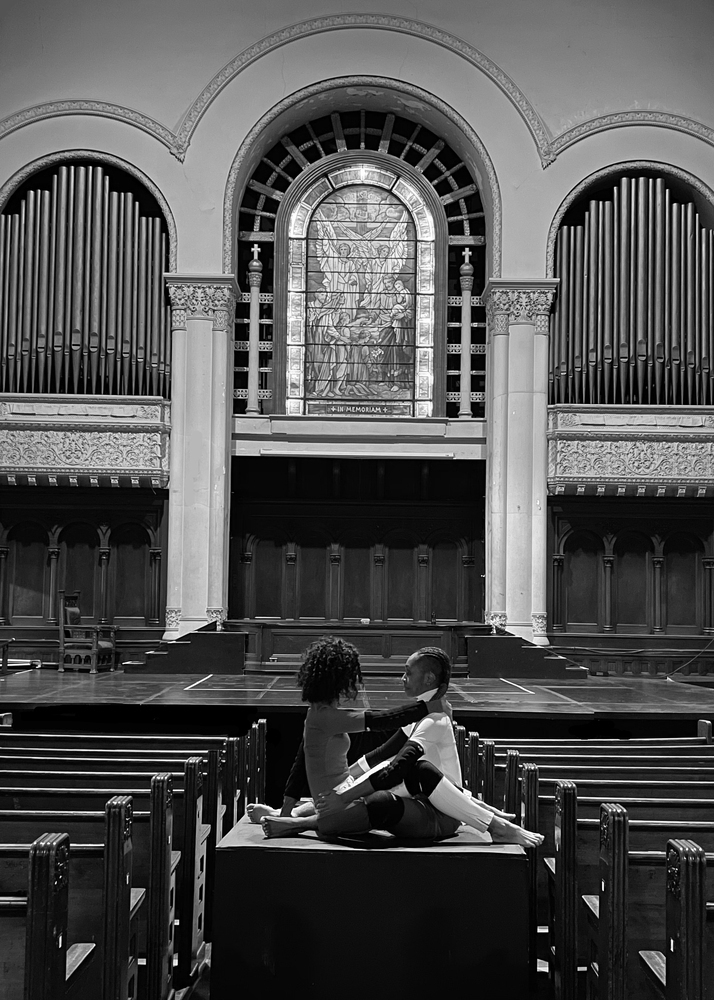
SHE WILL COME ON HER OWN - ENTERING THE VIRTUAL
first performed on December 16, 2020
The Center at West Park
performed once in 2020
LILACH ORENSTEIN
Jhelan Gordon-Salaam and Evan Anderson.
New York, NY/ Philadelphia, PA/ New Haven, CT
26174723092617472301261747230l261747230i261747230l261747230a261747230c261747230h261747230.261747230o261747230r261747230e261747230n261747230@261747230g261747230m261747230a261747230i261747230l261747230.261747230c261747230o261747230m
www.lilach.art
SHE WILL COME ON HER OWN - ENTERING THE VIRTUAL
LILACH ORENSTEIN
Because of a lack of diverse perspectives and a sense of other perspectives’ superiority, women are objectified. Four years ago, I experienced sexual assault. This triggered my realization, that it does not matter how you are, people will choose to see you the way they want to. As sex is the ultimate goal of our primitives selves and we inherently look for it and see it everywhere, I decided to take inspiration from the sex positions in the Kama Sutra to get audiences past their inhibitions and be truly focused on practicing perspectives multiplicity.
“She Will Come on Her Own—Entering the Virtual” began on Zoom, where the audience was provided six links, each to a unique perspective of the performance taken by my colleagues. The various captions streamed live on YouTube, simultaneously, and the audience was encouraged to swap between the different links and see the happenings from more than one point of view. They were given the opportunity to diversify the way they looked at the performance and broaden the traditional way we’ve learned to consume works of art.
The performative installation takes place in a 136-years-old Presbyterian Church. The performance begins at the center of the two main aisles, where two women are exploring the creation of intimacy through embodying the construction and deconstruction of sex positions to the aria of “Stabat Mater.” The sex positions inspired movement which took the performers into a slow and steady flow. From one position to the other, we switched up who takes the lead and shared with the audience a journey of intimacy and care. Repetitive actions transform the movement as the performers explore the boundaries between them of proximity and touch while the aria unfolds into original music by Evan Anderson, featuring distorted, fragmented ominous vocals. The performers step down from the pedestal and roll on top of each other to the bottom of the stage as the different camera perspectives switch to wide shots revealing the Presbyterian Church architecture and stained glass artworks.
The movement score introduces a sharp quality and develops into unison as the performers climb into the stage, breaking through their entangled phase. Different intensities are used to demonstrate the growing resistance as their voice of effort becomes obvious and takes over. The dancers arrive at the pulpit as individuals, reiterating through the pre-introduced movement and voice elements, now in a stronger, more mature and intentional flow. The last motion of the project ends as the dancers send their legs in between their hands in a sharp penetration as the music and sound violently black out and nothing but the heavy breathing sounds lingers in the now completely dark space.